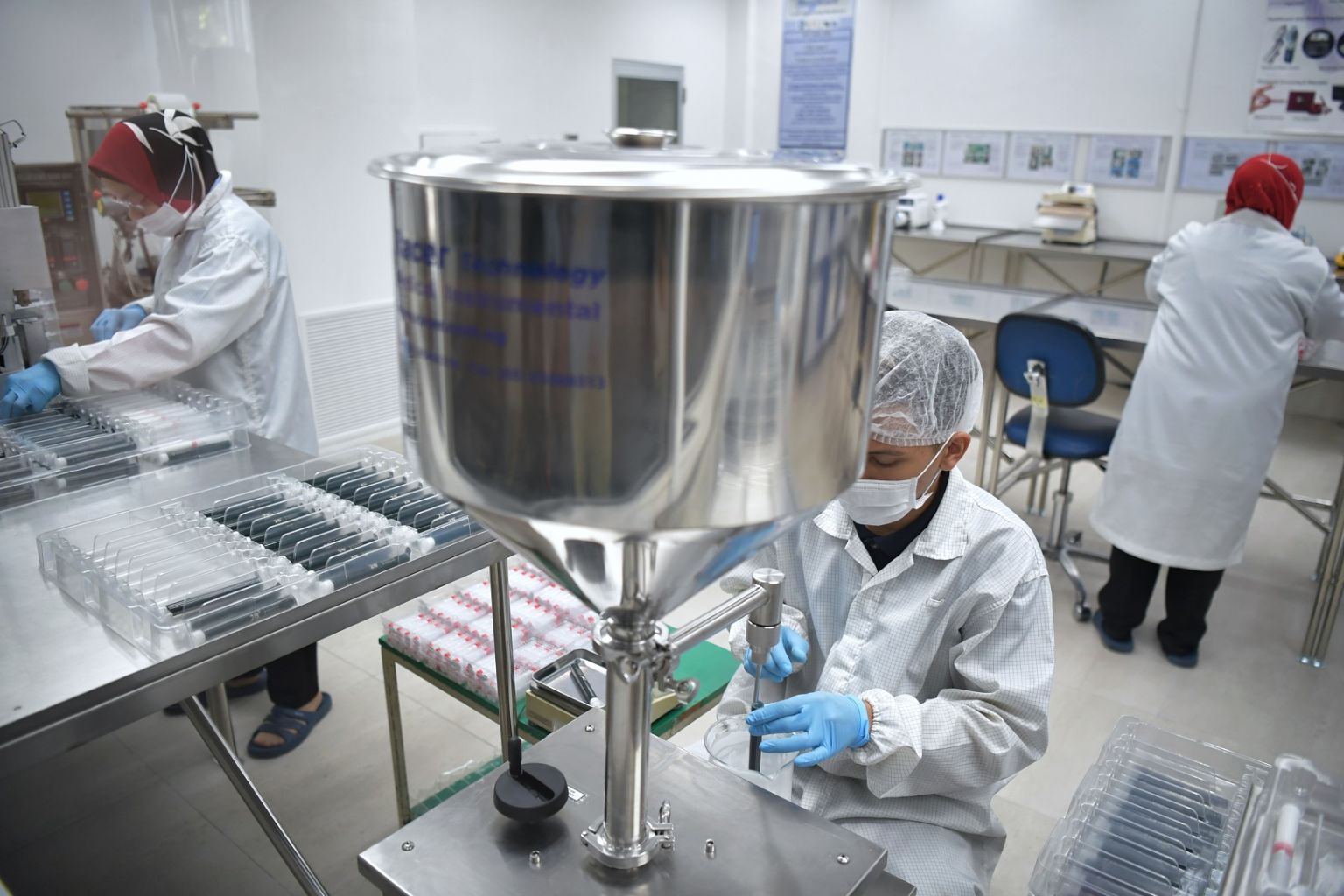Singapore factory activity expands for 7th straight month
Higher expansion rates in new orders, new exports, factory output lifted growth in January
Sign up now: Get ST's newsletters delivered to your inbox

While the electronics sector expanded for the sixth straight month, it dipped slightly to 51.0 last month, against 51.2 in December, weighed down by slower expansion rates in new orders, new exports, factory output and inventory.
ST PHOTO: KUA CHEE SIONG
Follow topic:
Singapore's manufacturing sector has continued its uptrend, as factory activity expanded for the seventh straight month last month.
Experts said the sector, while not expected to grow as rapidly as it did last year, is likely to see a modest increase this year.
The Singapore Purchasing Managers' Index (PMI) - a key measure of factory activity - went up to 50.7 last month, up 0.2 point from December, according to data released yesterday. This is the highest overall PMI reading since March 2019. A reading above 50 indicates expansion; one below points to contraction.
While the electronics sector remained in expansion territory for the sixth month running, it saw a slight dip to 51.0 last month, against 51.2 in December, weighed down by slower expansion rates in new orders, new exports, factory output and inventory.
The growth seen last month was attributed to higher expansion rates in new orders, new exports, factory output, a slower expansion rate of the inventory index and a slower contraction rate for the employment index, said the Singapore Institute of Purchasing and Materials Management (SIPMM).
Ms Sophia Poh, vice-president for industry engagement and development of SIPMM, which publishes the monthly PMI readings, said: "Manufacturers are cautiously optimistic of a positive outlook for the year, but are also concerned about the resurgence of Covid-19 infections, and especially the counter-measures that are taken by affected countries in the region."
While the employment index showed improvement last month and came in at 49.8, it has recorded contractions for 12 consecutive months.
OCBC Bank head of treasury research and strategy Selena Ling suggests that given the dip in the electronics PMI last month, the overall manufacturing improvement was boosted by non-electronics segments. The general picture of a slow rising tide is also reflected in the recent business expectations survey for manufacturing, with firms indicating that they were more optimistic for the next six months, she added.
Dr Chua Hak Bin, senior economist at Maybank Kim Eng, noted that Singapore's manufacturing activity remained resilient in January despite heightened Covid-19 measures taken in some major markets and neighbouring countries.
"Manufacturing supply chains have not been as significantly disrupted in this wave of infections and renewed lockdowns compared to the second quarter of last year," he said. "Governments have been increasingly more targeted in their lockdowns, leaving factories and ports open, while restricting social, retail and dining activities."
Ms Ling noted that geopolitical uncertainties and lockdowns globally could impact the global semiconductor industry, which saw 6.5 per cent growth last year due to increased technology demand amid the pandemic.
However, economists still expect the electronics sector to continue to play a key role in driving recovery. Ms Ling expects electronics and precision engineering to bolster manufacturing growth, while the biomedical cluster may be dampened by the very high base seen last year.
"Buoyant global electronics demand continues to support the overall manufacturing activity, especially in the segments that benefit the work-from-home tech gadgets," said Dr Chua.

